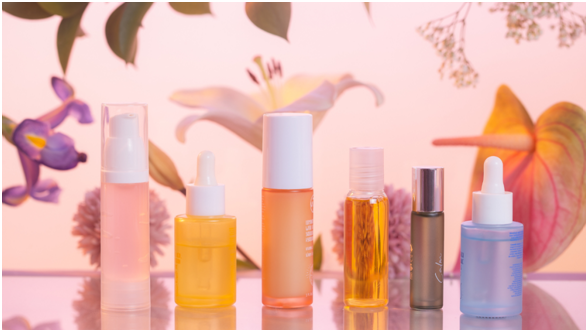When it comes to skincare, choosing the right products is only part of the equation. How you combine them can be just as important. Some ingredients work beautifully together, boosting each other’s effectiveness and delivering better results. Others, when layered improperly, can cancel each other out—or worse, cause irritation, breakouts, or long-term skin damage.
If you want to make the most out of your routine, it’s time to go beyond individual products and think about how they interact. Below, we’ll break down powerful skincare pairings that work harmoniously—and combinations you should steer clear of.
Product Pairings That Work Wonders Together
1. Vitamin C + Vitamin E + SPF
Vitamin C is a beloved antioxidant known for brightening skin and fading dark spots, but its power truly shines when paired with vitamin E and sunscreen. Vitamin E stabilizes vitamin C, making it more effective and helping your skin fight off damage from free radicals and UV exposure.
Add in daily SPF, and you have a powerhouse trio: vitamin C and E defend your skin from environmental damage, while sunscreen blocks UV rays from causing further harm.
Best for: Brightening, sun protection, and anti-aging
When to use: Morning routine
2. Retinol + Hyaluronic Acid
Retinol is a gold-standard anti-aging ingredient that helps boost cell turnover, fade dark spots, and smooth fine lines. But it can also cause dryness or irritation—especially for first-time users. That’s where hyaluronic acid comes in.
This ultra-hydrating ingredient attracts water to the skin, helping to counterbalance the drying effects of retinol and soothe the skin barrier. Used together, they enhance results while minimizing side effects.
Best for: Aging skin, fine lines, texture
When to use: Evening routine (use SPF in the morning, as retinol increases sun sensitivity)
3. Niacinamide + Zinc
This is a dream duo for those with oily, acne-prone, or sensitive skin. Niacinamide helps regulate oil production, reduce inflammation, and strengthen the skin barrier. Zinc complements this by calming irritation and reducing redness.
Together, they help minimize breakouts, shrink the appearance of pores, and improve skin clarity without harsh effects.
Best for: Acne-prone or sensitive skin
When to use: Morning or night
4. AHAs (like Glycolic Acid) + Ceramides
Alpha hydroxy acids (AHAs) exfoliate dead skin cells, allowing your moisturizers and treatments to penetrate more effectively. However, exfoliation can sometimes leave skin vulnerable or dry. Following up with ceramides—a key component of the skin’s barrier—helps replenish lost moisture and reinforce skin protection.
Best for: Dull, dry, or uneven skin tone
When to use: Evening routine, 1–3 times per week
Skincare Combos to Avoid
Even the best dermatology products can cause issues if you mix the wrong ones together. Here are some combinations to be cautious about:
1. Retinol + Vitamin C
Both of these ingredients are powerful in their own right—but when used together, they can cause irritation, especially for sensitive skin. Retinol thrives in a higher pH environment, while vitamin C is most effective at a lower pH. This pH clash can reduce the effectiveness of both and lead to redness, flaking, or breakouts.
What to do instead: Use vitamin C in the morning and retinol at night to get the benefits of both without the risk.
2. AHAs/BHAs + Retinol
Acids like glycolic acid (AHA) and salicylic acid (BHA) exfoliate the skin, while retinol speeds up cell turnover. Combining the two can be overly aggressive, stripping the skin and leading to dryness, irritation, or peeling.
What to do instead: Alternate usage—use acids one night and retinol the next, or consult a dermatologist to create a rotation that’s safe for your skin type.
3. Benzoyl Peroxide + Retinol
Both are effective acne-fighting ingredients, but when used together, they can deactivate each other. Plus, both can be drying and irritating when overused, which could make acne worse in the long run.
What to do instead: Use benzoyl peroxide in the morning and retinol at night, or choose one and give it time to work before layering in the other.
4. Vitamin C + AHAs/BHAs
This combo may seem like a quick path to bright, smooth skin—but it’s also a fast track to irritation. Layering acidic ingredients can overwhelm your skin’s barrier and increase sensitivity, especially for those new to actives.
What to do instead: Use vitamin C in the morning and acids in the evening, or use them on alternate days.
Your skincare routine should feel empowering—not confusing or damaging. By learning how to pair products correctly, you can unlock the full potential of your regimen and avoid common pitfalls that stall progress.
Always remember that more isn’t always better. Thoughtfully combining products can yield far better results than layering everything at once. When in doubt, consult with a skincare professional or stick with curated combinations from the best products on the market—those designed with synergy and safety in mind.
Beautiful skin is about consistency, patience, and smart choices. Make yours count.


